Sugar beets harvest
2019
2018
In 2018 we sat with our beet delivery at the end of the season. We harvested the last beet on January 3 in 2019.
2017
After the positive experiences with contracting company Houbraken from Bergijk in 2016, they also provided the beet harvest in 2017 with their Verveat Beet Eater. This year we also drove for the first time with our MAN Agro truck for transport. We made a nice video of this work during the last harvest. You can see this below.
2016
In 2016, contractor Houbraken from bergeijk bought a new verveat Beat eater. They have equipped these with a probotiq yield measuring system. Because this data is very important to us, we have decided to have all our beets harvested by Haubraken.
2014
2014 beet harvesting started on November 17. Meanwhile, loonbedrijf van Eijck harvest our beets already for the 3rd year with their Grimme maxtron. This year, the grubbing went again by itself. We are also already performing yield measurements in the beet for the 3rd year. The system is working better and better and the maps are getting more accurate every year. We have hired the last beet we harvested on December 16. At that time we already had a potato cell empty and we decided to use it to store the beets. We have used all our beets through our breston cistern and hall filler, as we would with potatoes. The beets are about 5 meters high and now we can easily keep them frost-free with a little air. until the last delivery day of January 20 In the video below you can see how the harvesting and the storage of the beet went.
2013
In 2013, Van Eijck's contracting company also harvested our beets with their Grimme Maxtron with yield measurement. You can see how that went in the videos below.
The beets were also harvested in the evening to a large extent, which also resulted in very nice movies. Beets were also charged with a mouse for the first time this year. This machine digs up the silage as it were and cleans the beets again. However, our preference is still for charging with a louder from our trench silos. This gives much less point breakage and does not leave as many dots on the loading area. We scooped up the dots on the places where the mouse loaded and washed them and delivered them again.
2012
In 2012, we had the beets harvested by contracting company van eijck. This year they had purchased a new Grimme beet harvester with a yield measuring system.
The beet leaves are no longer sprayed in one direction with this harvester but fall in between the beets. The harvester no longer has buyers, but uses an integral flapper that uses a second flail shaft to cut all the leaves off that beet. This means that the head is not cut off from the beet and more kilos of beet are harvested per ha.
This beet harvester raises the beet sun, but with lifting wheels that lift the beet as it were and throw it on the cleaning rollers. This way of harvesting, the tips of the beets remain better intact and more kilos of beets are harvested. The beet leaf is not lifted with it, but neatly tucked in by the soil that still falls from the beets during cleaning with the cleaning rollers.
In the videos below you can see the beet harvester working and you can also see the yield measurement.
2011
In 2011, the contracting company also cleared our sugar beet.
This time he harvested everything with 1 BigSix harvester. The revenues were not disappointing this year. All beets drove home with our 2 axle tippers.
2010
In 2010 we were able to harvest the beet very late. The weather conditions were so bad that grubbing was almost impossible. Our contract work from high ants had therefore supplied its bigsix beet harvester with caterpillars. This allowed him to still harvest the beets. The beets were then driven to the edge of the field with a high-level trailer to transfer them there to our tippers.
We have also made a video of this
We have also made a video of this
2009
In 2009, the beets were harvested in 2 installments. The first time very early in the season. Below the photos of harvesting without tippers.
The late beets were harvested with 2 harvesters. One of these harvesters was on a track chassis because it was late in the season.
In 2009, we also again rented the beets because the first shed was already empty and we therefore had space. The beets were first tipped into the shed and then pushed up to about 4.5 meters with the telehandler.
We have also made a nice film of this, which you can watch below.
The late beets were harvested with 2 harvesters. One of these harvesters was on a track chassis because it was late in the season.
In 2009, we also again rented the beets because the first shed was already empty and we therefore had space. The beets were first tipped into the shed and then pushed up to about 4.5 meters with the telehandler.
We have also made a nice film of this, which you can watch below.
2006
In 2006, the beet was also harvested by contracting company Van Raak. Here you see the transfer of beets to the small Mullie tipper (13 tons) with the Fendt farmer 509.
The sugar beets on our farm are harvested by Loonbedrijf van Raak. He harvests the beets with a self-propelled Agrifac Big six beet harvester. We drive the beets from the country to our shed where we store them.
In 2006, the beet was also harvested by contracting company Van Raak. Here you see the transfer of beets to the small Mullie tipper (13 tons) with the Fendt farmer 509.
The sugar beets on our farm are harvested by Loonbedrijf van Raak. He harvests the beets with a self-propelled Agrifac Big six beet harvester. We drive the beets from the country to our shed where we store them.





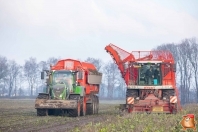

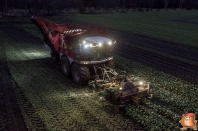
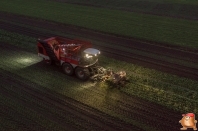

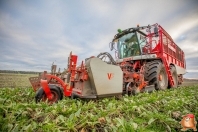
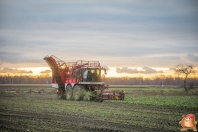
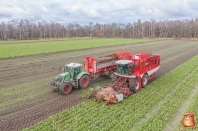
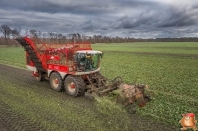
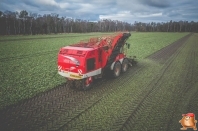
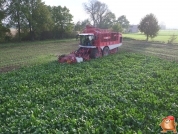


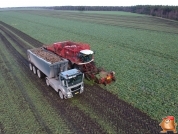



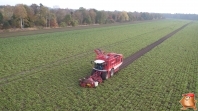
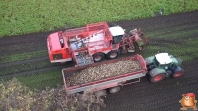
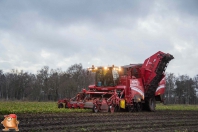
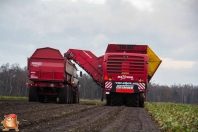


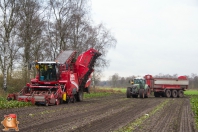



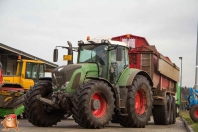

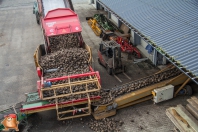

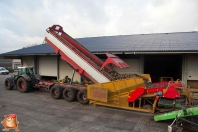


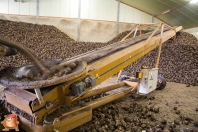


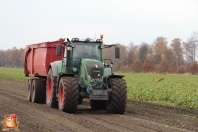
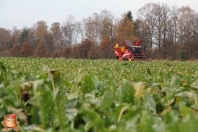
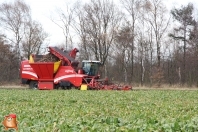
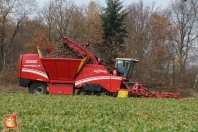


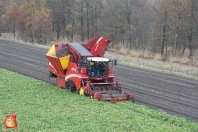
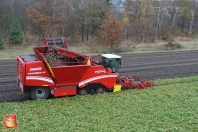
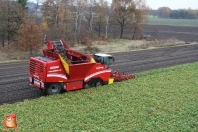


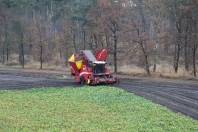

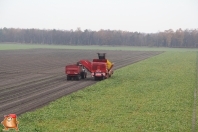
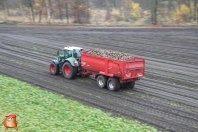
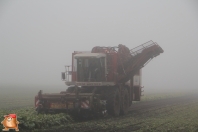
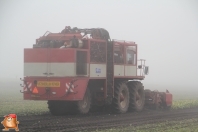
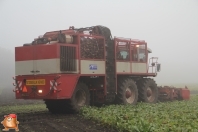
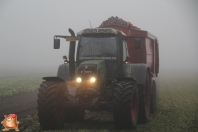


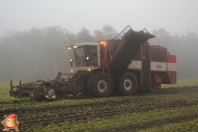
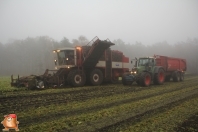
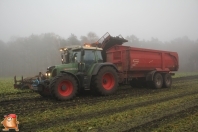
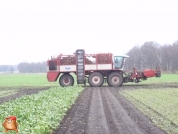
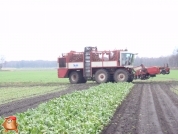
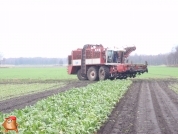

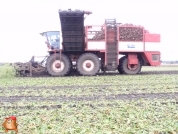
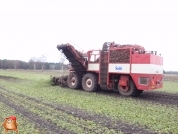


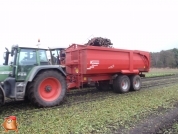


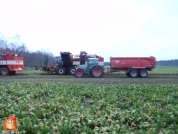
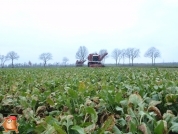
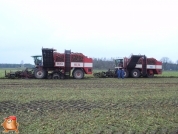


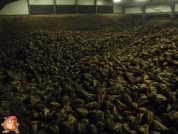



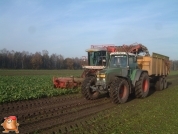
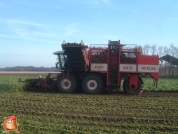






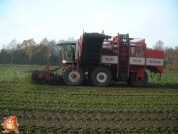





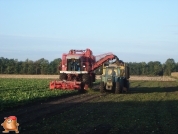

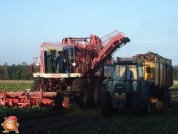
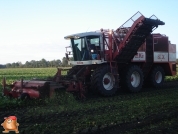
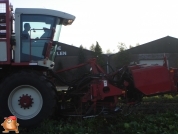


Social media
Bezoekers online: 63